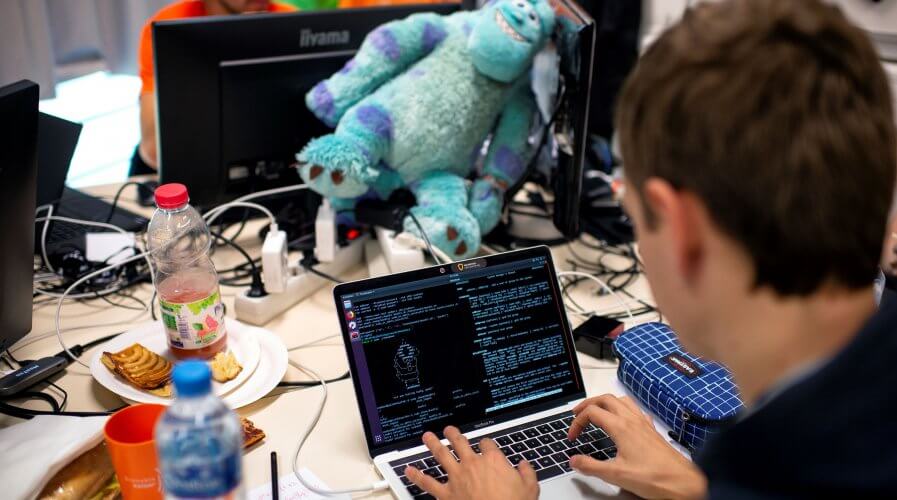
Working from home is the new reality but cybersecurity must remain a priority. Source: AFP
Remote working? Here’s how you can protect yourself
As various parts of the world are pushed into work from home – cybersecurity has been on every company’s mind.
As if the fear surrounding the COVID-19 pandemic outbreak wasn’t enough, the world is now seeing a spike in coronavirus-themed scams, phishing activity, malware attacks and more. Cybercriminals are rampantly launching hacking campaigns, targeting everyone from the healthcare industry to enterprise employees with fraudulent emails, fake websites and misinformation.
There are even now fraudulent apps “designed to track the spread of COVID-19 to insert malware that will compromise users’ devices and personal information.”
This spike in opportunistic cyber-exploitation, coupled with a widespread reliance on home networks, has created the perfect storm. Cybersecurity is now the responsibility of individuals, so here are some key measures to ensure your networks are as safe as possible during your working day.
#1 | Keep a sharp eye
It is extremely important that employees accessing work emails and operating systems from home to take a minute and carefully analyze emails alleging to be from health centers and agencies, and the content of the emails as they might phishing emails.
Simple practices such as double-checking the sender’s email, calling the centers and agencies for confirmation, and looking out for typos in the content can help protect from an attack.
# 2 | Use trusted communication platforms
It’s essential to communicate effectively during remote-working. Since physical meetings can’t be held, most interactions will be done online. File sharing and document exchange will also be a habit, so it’s important to make sure this is done securely.
Make sure that when communicating sensitive and confidential information about the organization, use encrypted communication platforms only; usually, the company will provide you with access to one. It is also key to only use data-sharing and file-sharing platforms that have been provisioned by the employer.
# 3 | Update security software
When using personal devices, make sure to install antivirus or cybersecurity software to make sure that any attempt of breaches or ransomware or malware campaign can be detected and flagged. This is particularly important when dealing with phishing emails with links.
In the event of employees mistakingly clicking the link, the software can warn users and block access to the site. Adding the software as an extension on web browsers is also a good practice. It’s also best to run scans and update the software regularly so that all vulnerable areas can be identified quickly.
All in all, employees should always stay vigilant and remain consistent at all times when it comes to cybersecurity. Reporting to managers and employers in the case of suspicious emails and detected malware is also instrumental in ensuring remote working is secured and successful.
READ MORE
- The criticality of endpoint management in cybersecurity and operations
- Ethical AI: The renewed importance of safeguarding data and customer privacy in Generative AI applications
- How Japan balances AI-driven opportunities with cybersecurity needs
- Deploying SASE: Benchmarking your approach
- Insurance everywhere all at once: the digital transformation of the APAC insurance industry


